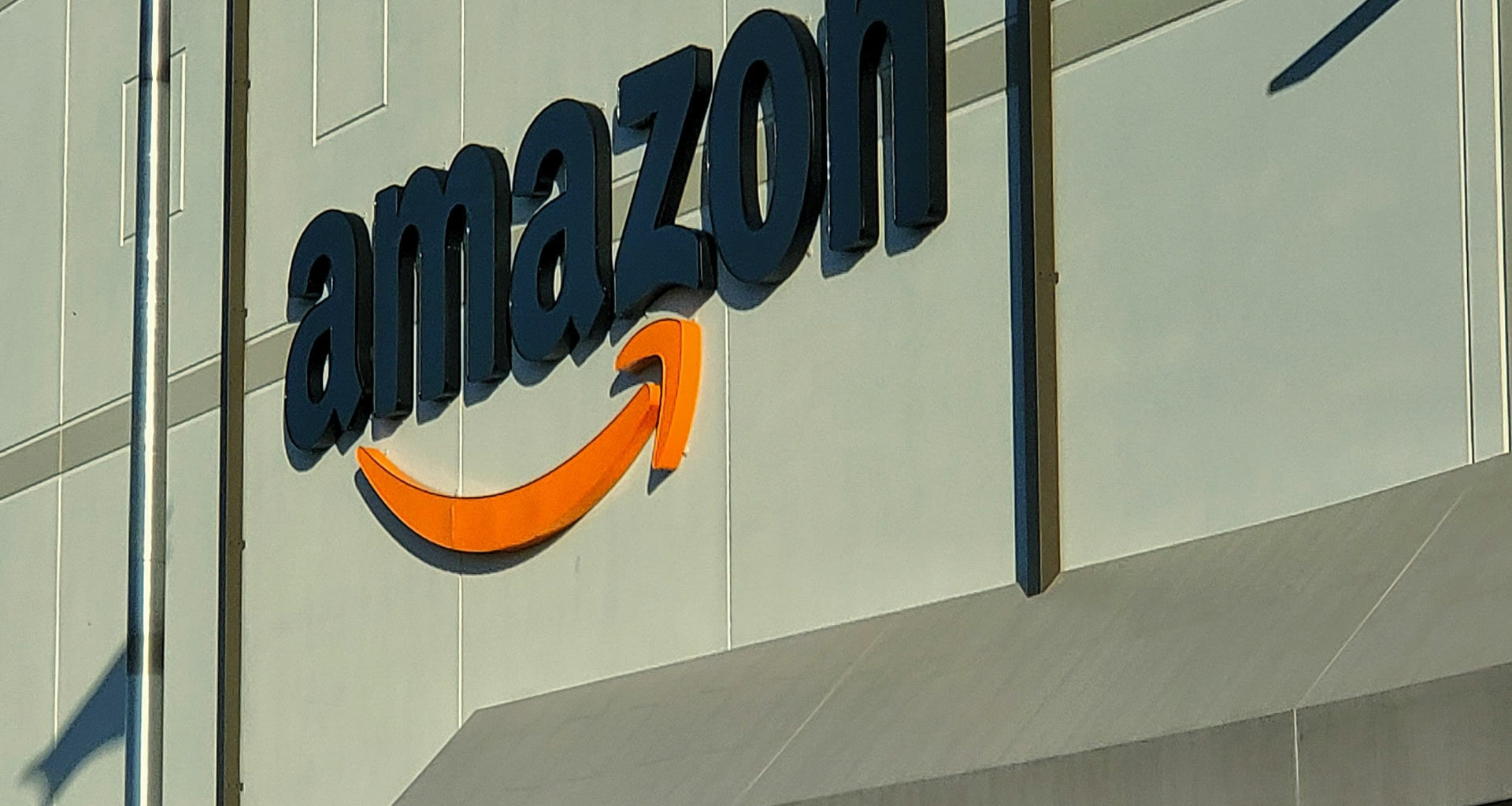If you follow Amazon, you know the company operates not just with a customer focus, but with a customer obsession. Indeed, customer obsession is the first of Amazon’s 14 leadership principles.
But have you heard of the product and business management philosophy “working backwards from the customer” that Amazon uses? Jennifer Cast, Amazon’s 25th employee, laid it out in a video, explaining that the philosophy is used to vet all new product ideas.
“It’s a methodology that helps you define the value of your product to customers and crystallize what you’re building and why you’re building it,” Cast said. “It precedes any work by engineers.”
Cast spoke as part of a video series hosted by the University of Washington’s Foster School of Business. She used two examples to illustrate the power of the working backwards strategy: Amazon’s failed BookMatcher service and the launch of its first physical bookstore.
BookMatcher, which made personalized book recommendations based on ratings of books, was developed at Amazon before the company had adopted the working backwards process. BookMatcher was a flop and Amazon had to remove it.
“In today’s Amazon, due to the working backwards mechanism, BookMatcher would have either died a quick conceptual death, or it would have evolved to a different recommendation product before an engineer even began writing one line of code,” Cast said.
At the heart of the “working backwards” process is a document called a PR FAQ, or press release and frequently asked questions, as well as a series of meetings to discuss and improve the PR FAQ.
“The end result of the working backwards process is that a decision maker has the information needed to assess the customer and business value of a product and either give it the green light or the red light,” said Cast, who initially joined Amazon in 1996.
In the case of Amazon Books, Cast wrote the PR FAQ, which she emphasized is a big time commitment. It took her over six weeks to write the PR FAQ for Amazon Books, including at least 120 hours of writing, 12 drafts, and 10 hours of meetings.
She also added that there was no obvious starting point. Cast began by writing the press release but quickly realized it wasn’t very good. She pivoted to drafting the FAQ, which helped a bit, but quickly got stuck after realizing she had questions and no answers.
Cast ultimately decided to write the “givens,” or mandatory characteristics of the store. She did more research and worked to make the ideas more concrete. Like anything in tech, plenty of iteration followed. The process ultimately sparked more questions and Cast sought out finance and tech colleagues to get answers.
“Iteratively, they both came to life,” Cast said of the press release and FAQ documents.
Amazon’s attempt at physical bookstores was unique, given that the company originally got off the ground as an alternative to buying books at a traditional brick-and-mortar store.
Amazon opened its first bookstore — and its first full-fledged retail location — in Seattle’s University Village more than five years ago, when Cast gave GeekWire a tour in 2015.
Now there are more than 20 Amazon Books locations across 13 states. Amazon has also rolled out other physical store concepts such as Amazon 4-star and its grocery centers.
You can watch the full video, including the real-world example of writing the press release and FAQ for Amazon Books, below. There is also a Q&A after the talk with Cast, who left Amazon in August. The next speaker in the UW series is Chris Peterson, former UW head football coach.
If you prefer the written word and want to dive even deeper, two Amazon VPs have written a book on the topic: “Working Backwards: Insights, Stories, and Secrets from Inside Amazon.”
This story originally appeared in GeekWire. Photo by Yender Gonzalez on Unsplash.












